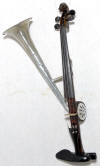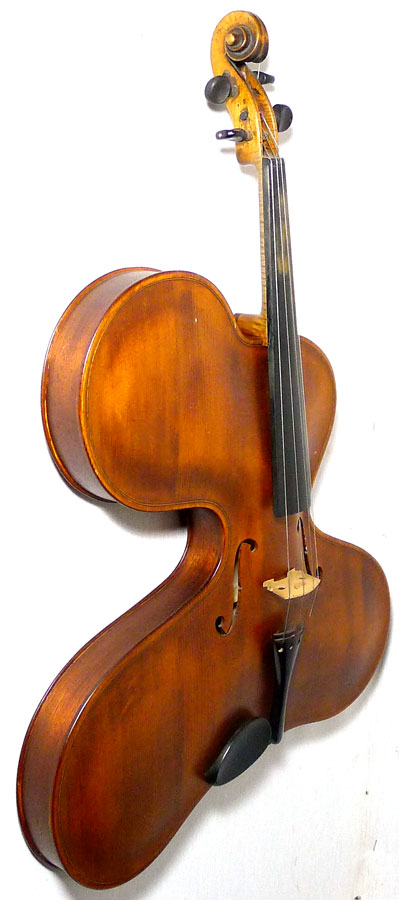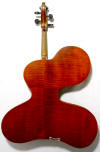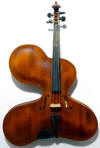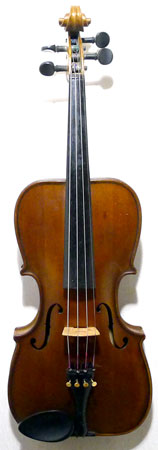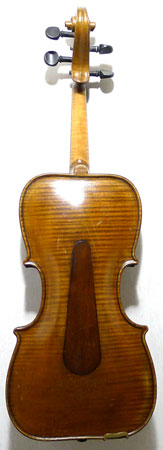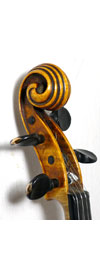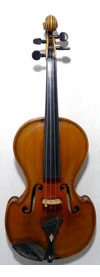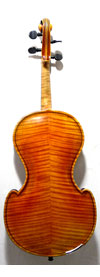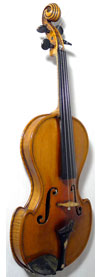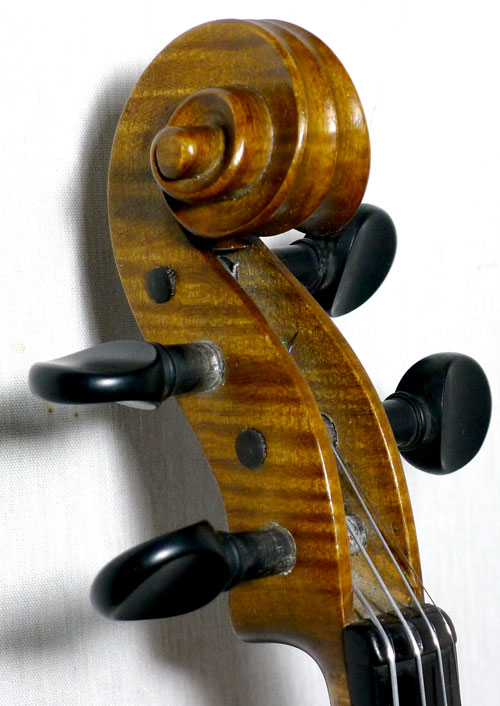|
Springers museum......
|
 |
Violin Home page |
|
|
Curious violins and fiddles.
26
Unusual, weird, wonderful and quirky |
|
|
|
| |
The violin in its
most successful form has been around since the 16th
century. However, since then there have been
numerous makers and inventors who set out to better
the instrument, or trying to compete with others
with weird shapes. Some made for specific purpose
such as the Stroviols. I am always amazed at how
many quirky instruments there are and still finding
more. Here are some:- |
|
|
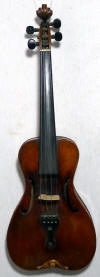 |
 |
 |
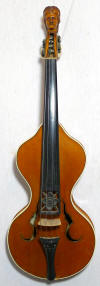 |
  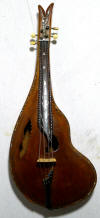 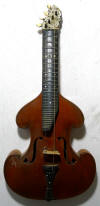 |
 |
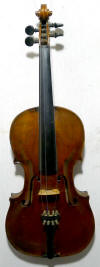 |
 |
 |
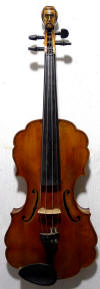 |
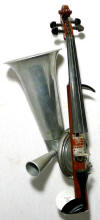 |
|
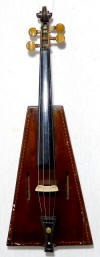 |
 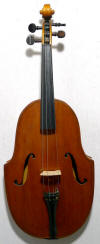 |
|
|
|
|
|
 |
A rare French violin-banjo. An experimental
instrument circa 1900 using the comparatively new
material, aluminium. Two vellum heads does not work
very well.. . |
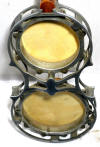 |
|
|
|
 |
Violin by Thomas Howell. Bristol.
Experimental 1836, but made in some quantity.
The bridge is glued on. The neck longer for easy
high position access.Violas & cellos also made. |
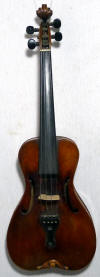 |
|
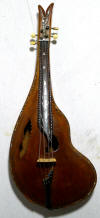 |
Very
strange fiddle. I would guess this one is about
1900, maybe from Eastern Europe. We have not seen
another! |
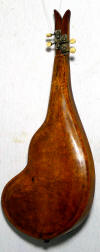 |
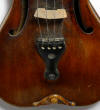 |
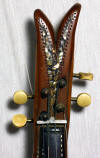 |
|
|
|
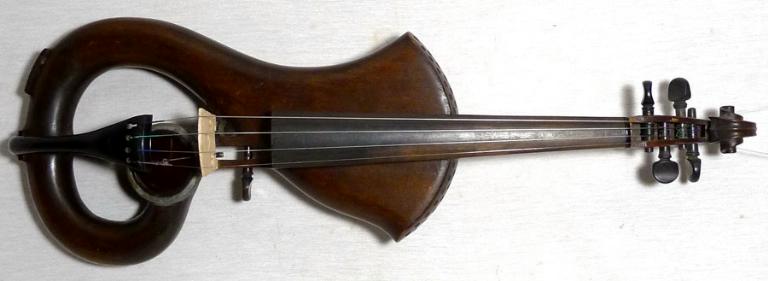 |
An early 20th
century experimental phono fiddle. The body is a
curled sound box. The bridge fitted to a diaphragm.
There is a side peg to tension the diaphragm sound
transmission arm. The sound emits from
perforations in the violin shoulders. possibly made
in USA. Is there another one? |
 |
|
|
|
|
|
 |
An experimental violin 19th century.
The perforated sides act as sound holes. A strange
"scroll" and only two corners. |
 |
|
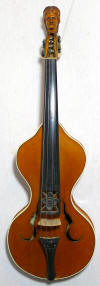 |
A version of a
Philomele or Stahgeige. Late 19th century German.
This type of violin always had steel strings for a
bright sound. |
 |
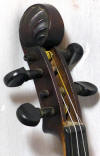 |
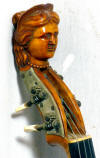 |
|
|
|
|
|
 |
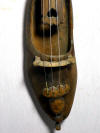 |
A fiddle made from
a clog from the low countries late 18th or early
19th century. Some of these were commercially made
for tourists. This one is an original made from a
well worn clog. |
 |
|
|
|
|
|
|
|
 |
This old fiddle should perhaps be in
the pochette section. The body and neck are carved
from one piece. Possibly a buskers instrument. |
 |
|
 |
A
Russian violin circa 1850s. The original was by
Rigart Rubus but many examples were made in Germany
for the Russian market. All the body sides are
curved and matched on the inside. |
 |
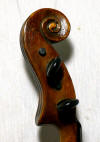 |
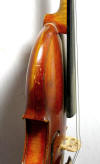 |
|
|
|
 |
Fiddl-ette, USA
circa. 1930. Created by Edwin H. Bergh and
Carl Wheeler Mott as an inexpensive student
instrument. It was only produced in limited numbers
for a very few years, and sold in the Illinois and
Wisconsin areas |
 |
|
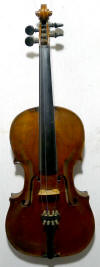 |
A 19th century violin with angled
arches to the table and back. It has a neck graft so
possible circa 1800-20 |
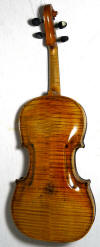 |
 |
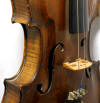 |
|
|
|
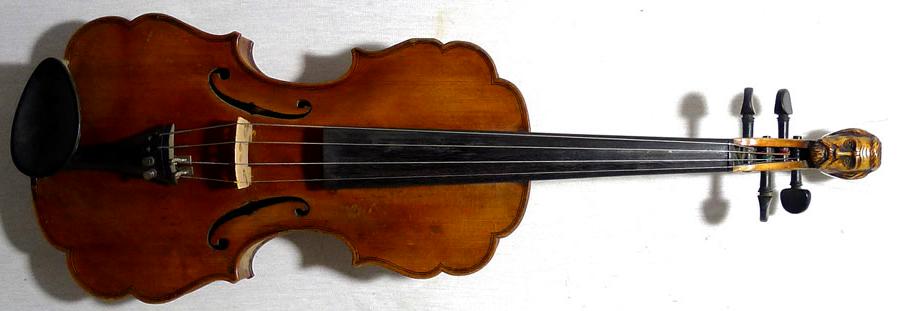 |
A
19th century German violin made to emulate 17th
century instruments with a "pie-crust" out line and
carved mans headstock |
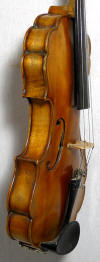 |
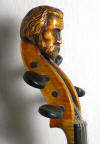 |
|
|
|
|
|
|
|
 |
An eccentric violin with angular
corners. Not a one off but commercially made, late
19th century. |
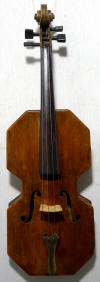 |
|
 |
Another 19th century Philomele "lark song"
violin. Typically the strings finish at the fixed
bridge which is attached to the fingerboard. Flat
and thin profile. |
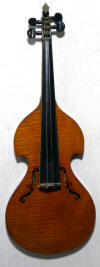 |
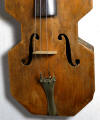 |
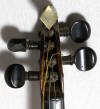 |
 |
|
|
|
 |
A
Streich zither of eccentic violin form Germany
circa 1860s. Strung in reverse violin tuning. Laid
on its back to play. |
 |
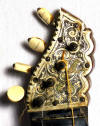 |
|
|
|
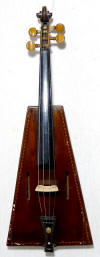 |
A French trapezoid experimental
violin by Felix Savart. Paris 1820s. A "rationalised
violin". Later American folk examples made. |
 |
|
 |
Another 19th century violin,
this one of quinton or viol form of a previous
century. |
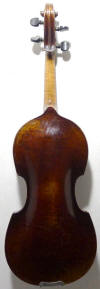 |
 |
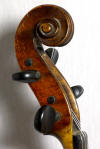 |
|
|
|
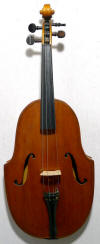 |
This strange fiddle may be a one off
by a mandolin maker. Probably early 20th century.
Anyone know? |
 |
|
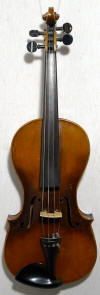 |
Circa 1850s German with only 2
corners. One of many instruments stamped Stainer. |
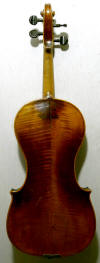 |
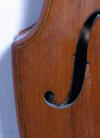 |
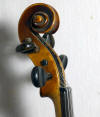 |
|
|
|
 |
Another Streich
zither. This one 8 strings (4 double.) A bowed
violin-mandolin-zither ? Circa 1850 by Bestgen.
Bern. |
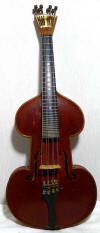 |
 |
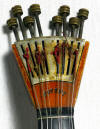 |
|
|
|
 |
An attractive violin circa 1910, but
with machine tuners. They make the balance top heavy
but easy to tune. |
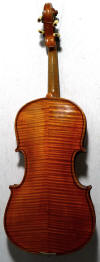 |
|
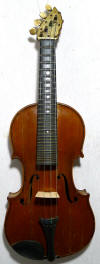 |
A violin fretted zither c1890. This
one was used in a large mechanical automation. There
is still a pin from the neck heel for attachment. |
 |
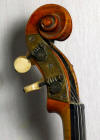 |
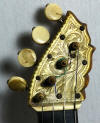 |
|
|
|
|
|
|
|
|
|
|
|
|
|
|
|
|
|
See also:- |
|
Hardanger Fiddles
Pochette and
kit violins Metal violins Decorated
violins
Unusual
violas
Fakes
Mute violins
Early
violins |
|
|
|
 

 Museum email Museum email |










































